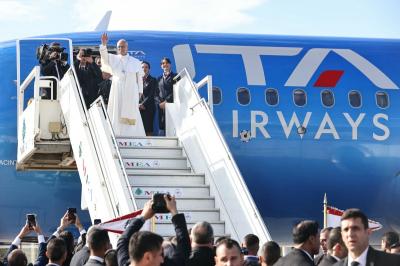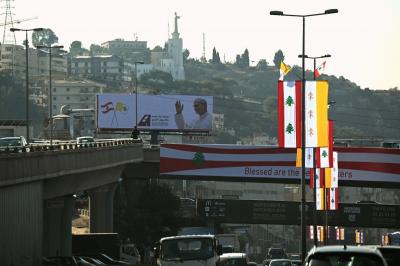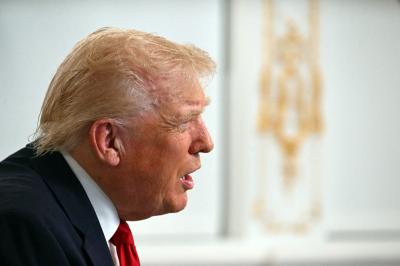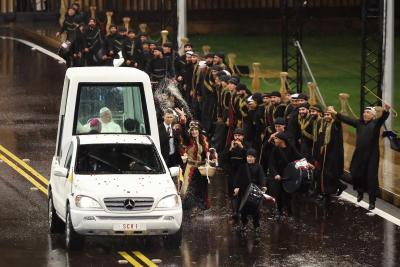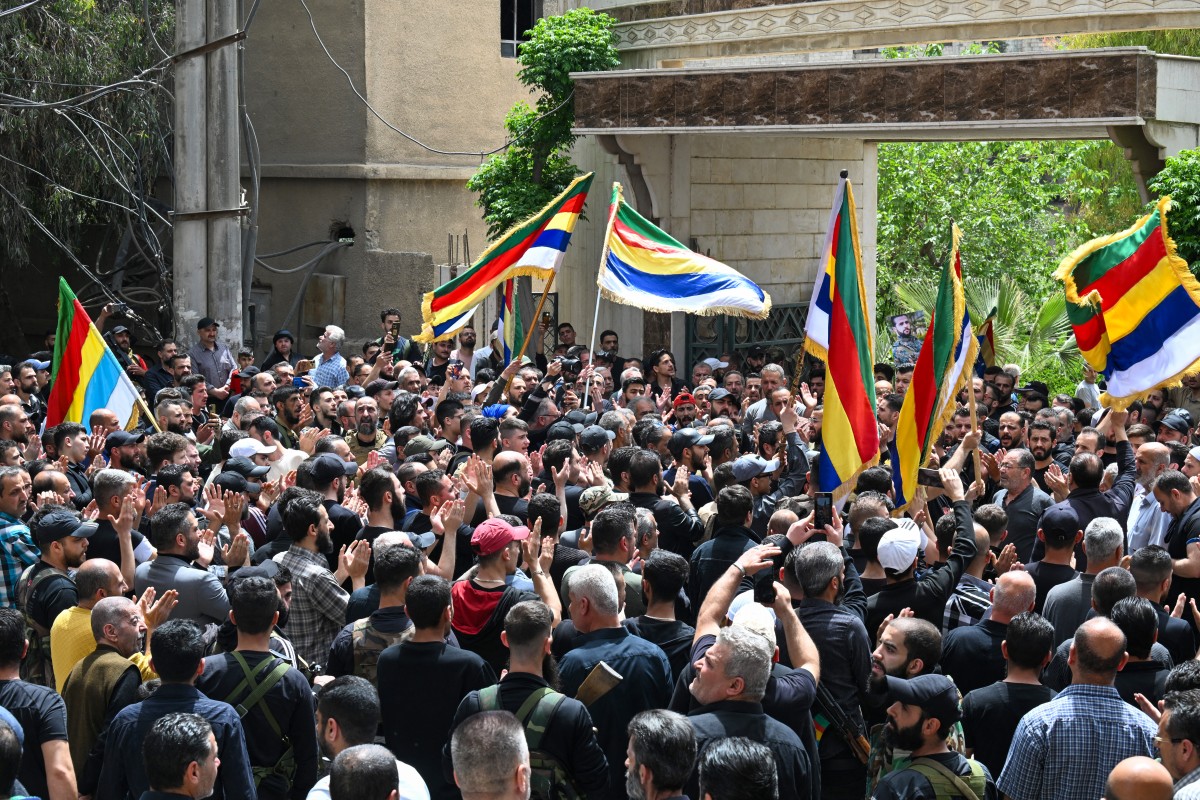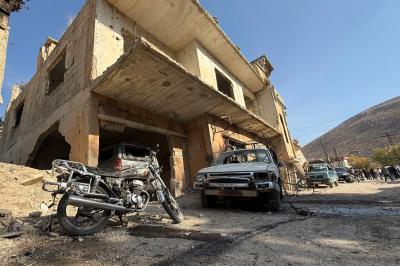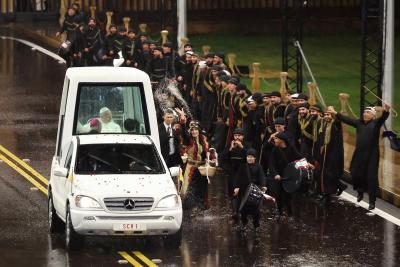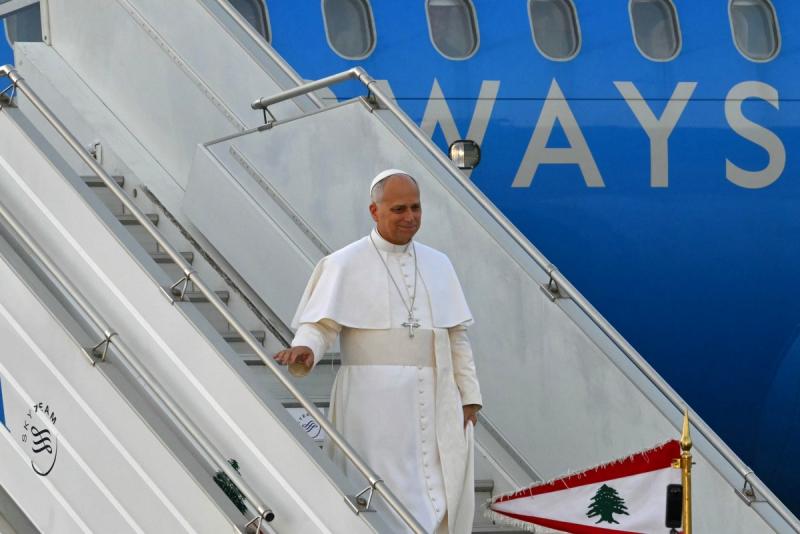Israeli Prime Minister Benjamin Netanyahu's actions in Syria go well beyond protecting the Druze minority or responding to Syrian government advances in the south. Instead, they reflect an escalating expansionist strategy shaped by the shock of October 7, 2023—a day Netanyahu described as "Israel’s 9/11" and "a new Nakba." At the time, one of Israel's most hardline leaders pledged to reshape the Middle East, a promise he has actively pursued through strikes on the so-called Axis of Resistance, Hezbollah, and its key ally, Iran. These efforts culminated in the toppling of Syrian President Bashar al-Assad—a seismic event seen as a pillar of that broader strategy.
On the very day Assad’s regime collapsed, December 8, 2024, Netanyahu greenlit Operation “Bashan Arrow,” targeting the newly formed Syrian government. Though the new authorities have issued public reassurances, Israel remains wary of their Islamist leanings and does not trust their pledges.
While Assad had been a staunch enemy of Israel, he was also seen as rational and disciplined. Crucially, he had served as a conduit for Iranian arms to Hezbollah—Netanyahu's archenemy. Netanyahu has famously labeled Hezbollah's former leader, Hassan Nasrallah, as the “axis of the axis,” suggesting Tehran follows his lead, not the other way around. Nasrallah was marked for assassination on September 27, 2024.
Now, the Islamist group Hay'at Tahrir al-Sham, with massive Turkish backing, has taken over Damascus after Iranian and Hezbollah forces were battered. The U.S. State Department still lists HTS as a terrorist organization, and Netanyahu has long insisted that terrorist ideologies never truly die—an argument he has repeatedly made behind closed doors in defense of his new Syrian blueprint.
Netanyahu’s ultimate aim appears to be the total dismantling of Syria’s current state structure, deepening rifts between the regime and minority groups, and paving the way for fragmentation—a strategy designed to secure Israeli dominance by eliminating threats in its neighborhood.
Departing from previous reliance on peace accords or limited wars, Israel is now embracing a doctrine of preemptive expansionism. The idea: exploit regional "voids" to create buffer zones and neutralize future threats. To that end, the goal is to foster political regimes that are either hostile to resistance movements or too fragile to support them. Once again, Syria is the testing ground.
Netanyahu fears the emergence of a strong, stable Sunni-led Syrian state backed by Turkey, viewing the Arab Sunni majority as a long-term demographic and cultural threat to Israel’s existence. This fear justifies Israel’s direct military involvement in Syria.
Though the Israeli military rarely discloses details of its operations, its footprint has grown steadily. Israeli forces now operate within 15 to 20 kilometers of Damascus, occupy territory beyond Mount Hermon and the eastern Golan Heights, and maintain full air dominance. In effect, they control the entire region up to Sweida, enforcing red lines that Sharaa and his allied militias are forbidden from crossing.
Initially, Israel claimed its goal was to establish a "sanitized defensive zone" in southern Syria and that its presence was temporary, aimed solely at countering "terrorist threats." Yet no timetable for withdrawal has been provided. The occupation appears deeply intertwined with Israel’s broader military strategy in Lebanon, suggesting a unified plan to weaken and fragment its neighbors.
In that context, Israel's airstrikes take on a broader strategic role, targeting military and security infrastructure under the pretext of protecting the Druze—a community Israel now portrays as Syria’s vulnerable flank.
Indeed, Israel is waging one of its most extensive multi-front campaigns in Syria’s recent history—by air, land, and sea. While there is genuine sympathy within Israel for the Druze and concerns about a possible massacre akin to what befell the Alawites, domestic debate is growing. Critics warn of mission creep, lack of clarity, and the risk of overextending the army in a murky conflict.
Strategic focus remains fixed on winning the war in Gaza, freeing hostages, and dismantling Iran’s nuclear ambitions. A miscalculation in Syria could open a prolonged and unpredictable front, possibly dragging in Turkey, a development with major geopolitical consequences.
This is the concern in Israel’s research and policy circles. But for Netanyahu, the opportunity to redefine history is too great to ignore. Under the banner of protecting the Druze, he is pressing forward with land grabs in Syria, positioning himself as a nation-builder on par with Israel’s founding fathers.
Sharaa’s Deal with the Druze: A Temporary Convergence of Interests
Regardless of the terms of the recent agreement between the new Syrian government and Druze leaders, which secured a symbolic win for the state, concessions from armed groups, and a broad amnesty, the pact resembles earlier deals, such as former Syrian President Ahmad Sharaa’s arrangement with the Kurds. That agreement proved fragile and was easily overturned under changing circumstances.
For his part, Netanyahu is unlikely to be satisfied by this deal alone. From his perspective, the situation remains volatile and the path forward wide open. The central challenge lies in redefining state-building and reestablishing trust between the government and its multi-ethnic, multi-sectarian population—something the new leadership has so far failed to accomplish.
Though weapons were collected in Druze-majority areas, many rogue factions—some composed of foreign fighters—continue to operate independently, effectively ruling in parallel to Sharaa’s authority.
There are no guarantees that this new phase will ensure security or rights for minority groups. Trust-building must take precedence, and any sustainable political order must reject domination in favor of a civil, inclusive system.
For Sharaa, that means consolidating his authority, seeking stronger Turkish support to rein in the militias, and gaining broader international legitimacy—steps that remain elusive under current sanctions.
Simultaneously, he faces a major blow to his credibility: the inability to deploy troops in parts of southern Syria. Any demilitarized zone in the south would significantly weaken the government’s grip on the region.
Most likely, the entire situation will remain in a delicate state of balance managed by U.S. influence. Washington condemned the attacks on the Druze and called for a government that includes all components of Syrian society. That was effectively a warning to Sharaa, potentially threatening his leadership if he continues on his current path.
The only viable option for Damascus is to integrate the Druze and, in turn, for the Druze to reaffirm their territorial unity with the capital and refrain from seeking foreign protection. That may offer a fleeting opportunity to exit this crisis, at least for now.
Please post your comments on:
comment@alsafanews.com
 Politics
Politics
